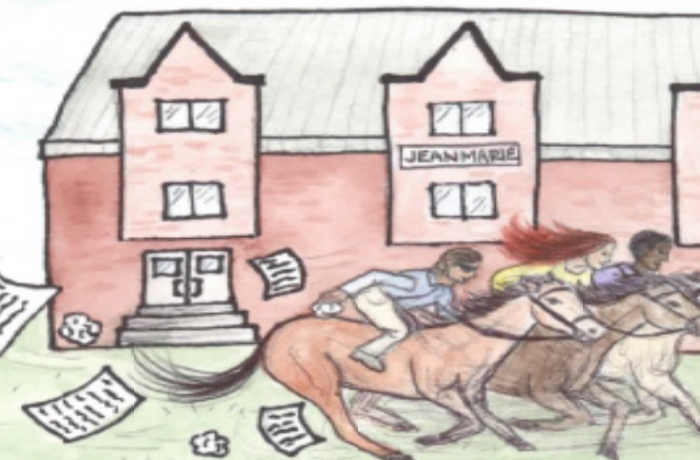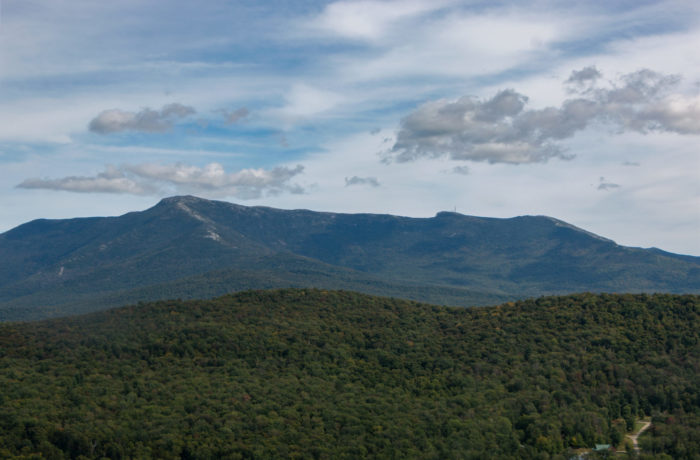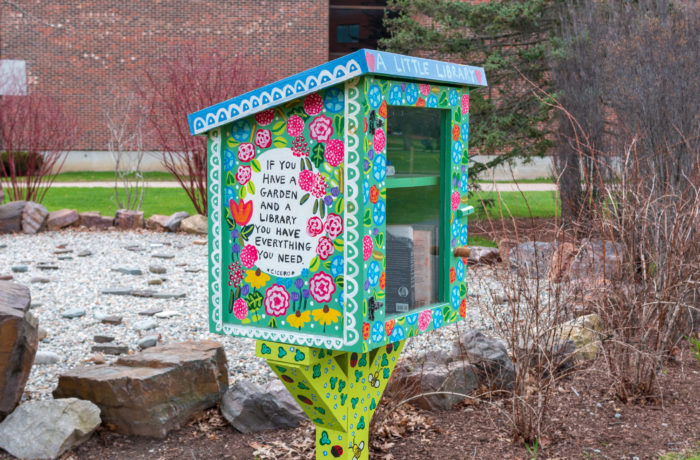
The spring semester of my first year, I took Drawing 1, the introduction to my future as an art major, on North Campus in Sloane Hall. For the start of my commute, I boarded the fabled North Shuttle from Ryan to the rear of Sloane, and after three hours of drawing class, I exited the front of the building to wait for either the shuttle or the city bus– whichever came first. As I stood on the sidewalk waiting for my ride, art portfolio gripped in my charcoal-painted fingers, I would sometimes look over my shoulder and note Sloane’s array of gardens decorating the front and side of the building. The bus would generally come before I would get the chance to explore the gardens, and I would return back to main campus.
A year later, I now stand in one of these gardens, rake in hand. In Eco & Environmental Art, the charcoal or graphite along my fingers is replaced with dirt, and the rake holds place for my portfolio. Today, a classmate and I are tending to the garden by raking leaf mulch across its area.
In Eco & Environmental Art, our projects consist of mostly collaboration-based pieces that aim to either raise awareness towards an aspect of our environment, or actively create a positive impact in an environmental space. The course provides an intersection between activism and the arts; not only do we have to aim for our project to have an impact, but we also have to carefully design our projects in order to get the aesthetic we are going for. The projects are all environmentally-driven, but vary in topic, from pollinator decline to lake pollution. Throughout the semester, I’ve had the opportunity to explore topics that stray from the conventional art course, yet still apply an artist’s perspective to these topics.
The Spring 2017 Eco Art class’ projects will be on display on campus throughout the end of the semester.


